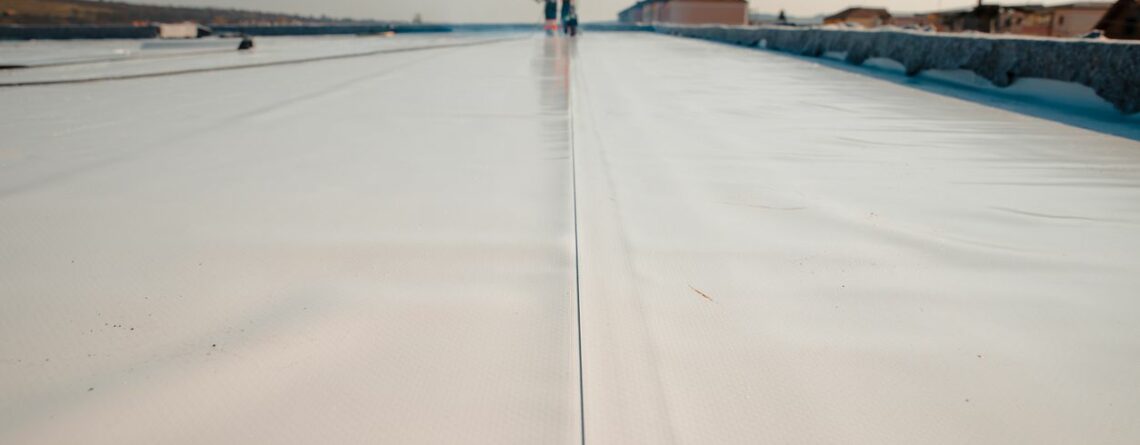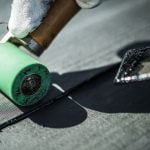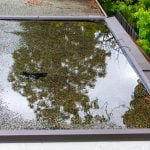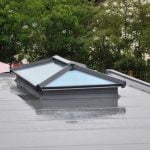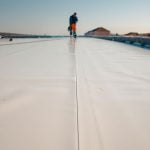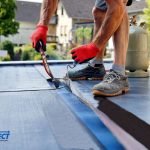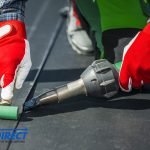Disadvantages of Fibreglass Roofing
Ah, Fibreglass roofing—I’ve been down that road, and honestly, it’s not something I’d ever choose again. I think a lot of people see the shiny marketing about how strong and lightweight fibreglass is, but when you’ve lived through the reality of maintaining it, the charm wears off pretty quickly. I learned a few hard lessons that have left me preferring alternatives like EPDM. Let me explain why.
The first thing that stands out to me about fibreglass roofing is its brittleness over time
When it’s brand new, it looks great, sure, and feels pretty solid. But give it a few years—especially if you’re in a climate where the temperatures really fluctuate—and you start noticing those tiny, almost invisible hairline cracks. I found that the roof was slowly losing its integrity, letting in moisture bit by bit. And anyone who has dealt with even the tiniest leak knows it’s not just about the roof anymore—it becomes an interior problem, too. I had to patch mine up multiple times, and I swear, each fix only bought me a bit more time before the next issue appeared.
There’s also the matter of installation.
Installing fibreglass isn’t a simple weekend DIY project. It requires precision, perfect weather, and a good amount of skill to get it right. When I first installed it, I tried to follow all the guidelines carefully, but even then, small issues started popping up and causing trouble. Hiring someone to handle the installation can quickly add up costs, and I found that the whole process ended up feeling a lot more complicated than it should have been.
Another disappointment was the maintenance.
Fibreglass is often marketed as low-maintenance, but in my experience, that didn’t hold up. Algae growth became a recurring issue, especially in the shaded areas of the roof. Once algae settled into the textured areas, it was very difficult to clean effectively. I found myself having to clean and reseal more often than I expected, and it still never quite looked as good as it originally did. Ideally, a roof should be something you can set and forget for years, but with fibreglass, that just wasn’t the reality unless you lived in a completely dry area with no trees around.
That brings me to why I think EPDM is a much better choice.
EPDM, or rubber roofing, is so much more forgiving. I replaced the fibreglass with EPDM and immediately appreciated how much more flexible it was. It doesn’t have the same issues with cracking—because it’s rubber, it expands and contracts easily with changes in temperature, and that’s exactly what you want in a roof if you don’t want to be up there patching holes every season. On the other hand, installing EPDM was so much easier compared to fibreglass. The roll-on system made the process faster and much less susceptible to errors, and it felt like I was adding a durable, protective layer that I could count on.
Looking back, I really wish I had been aware of all these issues before opting for fibreglass.
While it’s not the absolute worst roofing material, the constant maintenance, the brittleness, and the effort needed to keep it in decent condition were enough to turn me away from it. If you’re looking for something reliable that won’t require constant attention, I’d definitely lean towards EPDM over fibreglass.

